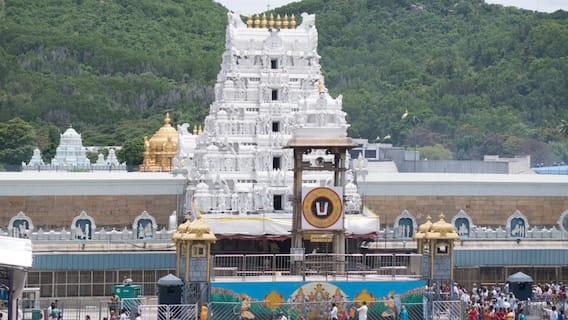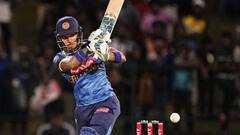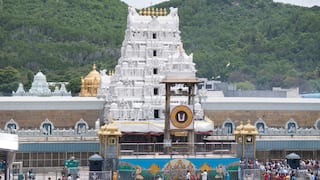Explorer
Advertisement
Rio Olympic: Cycling course leaves riders bloodied, broken

RIO DE JANEIRO: After a series of spills in the men's Olympic road race left cyclists with broken bones and bloody road rash, it seemed as if the women's race Sunday was going to escape serious injury.
That all changed in a fraction of a second.
Dutch rider Annemiek van Vleuten, barreling down the final descent of Vista Chinesa in the lead, hit the deck in a spectacular fall. Her bike catapulted into the air, and van Vleuten lay motionless on the side of the road while the rest of the field cautiously swept past her.
She was transported to a Rio de Janeiro hospital and diagnosed with a concussion and three small fractures of her spine, and was to remain in intensive care for at least 24 hours.
"It was horrendous crash," said road race silver medalist Emma Johansson of Sweden. "The peloton is so small and we all know each other very well. I just hope she's OK."
So dangerous was the course over the first two days of the cycling program at the Rio Games that the International Cycling Union was forced to defend it, pointing to a test event and numerous training opportunities that gave riders a chance to familiarize themselves with it.
It didn't appear to do much good.
The carnage began on Saturday when Giro d' Italia winner Vincenzo Nibali and Colombia climber Sergio Henao were leading on the same slippery, technical descent. Nibali likely would have won gold had he been able to stay upright, but wound up heading to the hospital instead.
His coach, Davide Cassani, said that the Italian broke his collarbone in the fall.
Henao fractured the upper part of his pelvis in his wreck, while Australia's Richie Porte broke his scapula in another crash, an accident that will keep him out of Wednesday's time trial.
Geraint Thomas of Britain and Nelson Oliviera of Portugal also hit the pavement.
"It was anarchy out there," American rider Brent Bookwalter said.
Nibali actually warned Italy teammate Elisa Longo Borghini about the chaotic final descent ahead of the women's race, so she took it a bit slower on Sunday and wound up earning a bronze medal.
Anna van der Breggen of the Netherlands took gold.
"It's a difficult descent because you can go really fast but you also have to corner," she said. "After the men's race I think we were all warned that we needed to take care of the descent and we did. Of course, if you're riding in front, maybe you take too much risk. I don't know."
The course was widely regarded as the toughest in Olympic history, even before the first riders set off on it. Long stretches of flats gave way to pounding cobblestones that caused numerous mechanical issues, and a hard series of climbs shook up the fields even before Vista Chinesa.
Then they came to the climb that defined both races.
Olympic courses tend to be flat affairs with a few small climbs thrown in to spice things up — nothing compared to the 10-kilometer climb in Rio. That means riders also rarely see such a hard, sharp descent, one that becomes all the more treacherous so close to a gold medal.
"Everybody wants to win. Yeah, everybody's taking risks," men's gold medalist Greg Van Avermaet said. "Some guys probably went over the limit and that's why it happened. I think the road was pretty good. I was happy to stay safe. I think I took a little bit of risk, but not too much, and I think this was the best decision because if you're on the ground, the race is over."
Follow Sports News on ABP Live for more latest stories and trending topics. Watch breaking news and top headlines online on ABP News LIVE TV
View More
Advertisement
Trending News
Advertisement
Advertisement
Top Headlines
India
Cities
Celebrities
Science
Advertisement


Sayantan Ghosh
Opinion






































